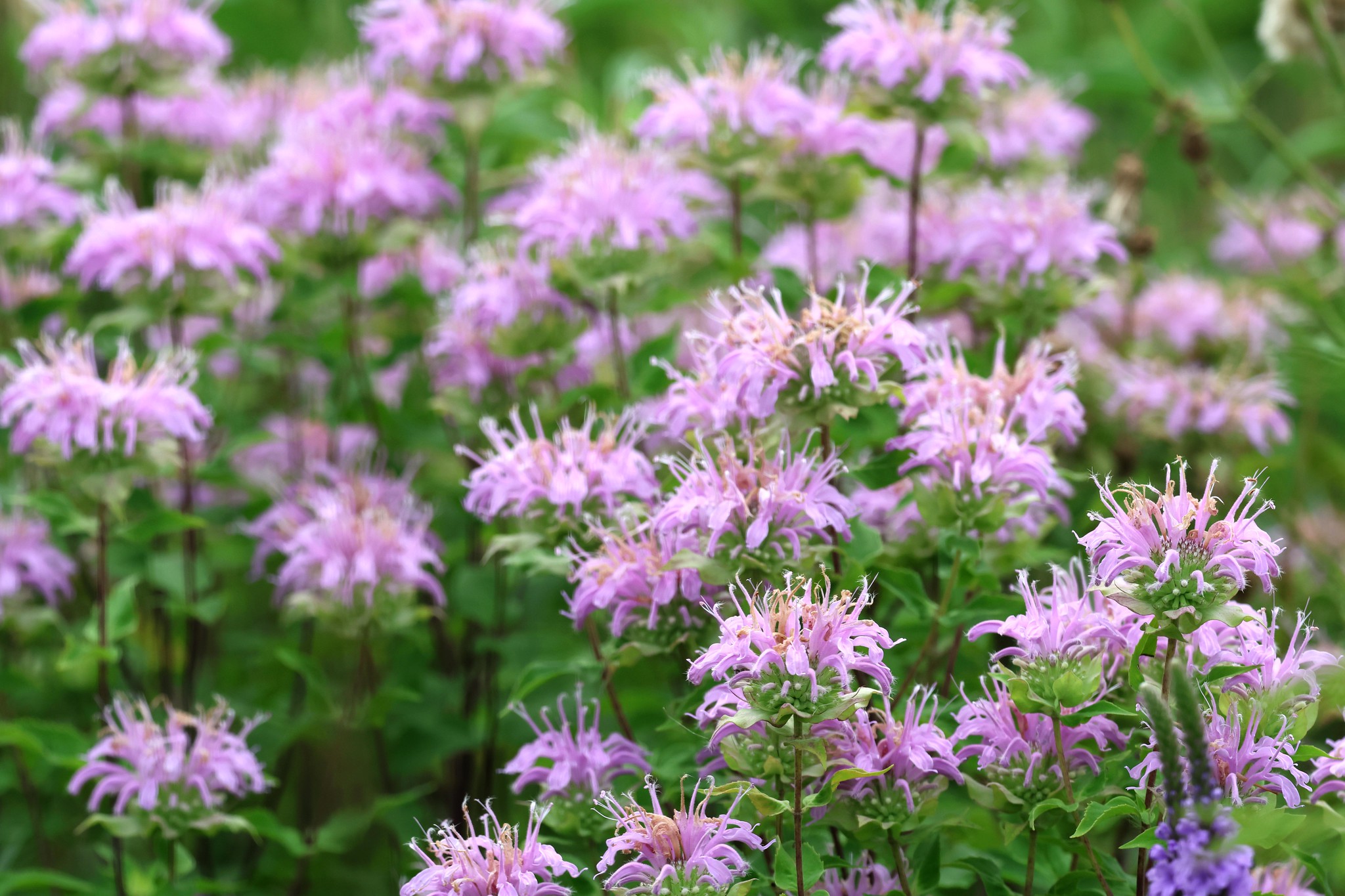Truly native plants with local genetics aren’t just “better” for restoration; they’re essential. When you plant natives sourced from your region, you’re working with nature, not against it. These plants have adapted to local soils, climate conditions, and seasonal cycles over thousands of years, giving them a survival advantage that non-local or “nativars” can’t match.
Local plants:
- Thrive in your region’s unique climate and soil conditions
- Grow more vigorously, reproduce successfully, and persist long-term
- Require little to no human intervention once established
When it comes to ecological restoration, native plants with local genetics are like heirloom seeds—they carry the evolutionary wisdom of your landscape. Planting them ensures that local ecosystems function as they should, with plants and wildlife existing in perfect balance.
The Advantages of Truly Native Plants
Forget fussy, high-maintenance landscaping. Locally sourced native plants come with built-in superpowers that make them perfect for conservation and restoration projects:
- Drought Tolerance: Locally adapted plants know how to survive long dry spells without constant watering.
- Disease Resistance: Native species have developed defenses against regional pests and pathogens.
- Soil Adaptation: They thrive in local soil conditions, whether or not it’s the Ouachita shale or the Mississippi aluvial plains, local plants know how to deal with it.
Local plants don’t just survive, they thrive. And that means healthier, more resilient ecosystems that can withstand environmental stressors like extreme weather, habitat loss, and climate change.
Supporting Local Wildlife: The Unbreakable Connection
Plants and wildlife have evolved together, forming complex relationships that keep ecosystems functioning. When you introduce non-local or hybridized “natives,” you disrupt this balance.
- Native insects rely on native plants. Many pollinators, including butterflies and bees, can only feed on specific native species. Non-local plants can throw off bloom times and food availability, leaving insects without essential resources.
- Bird migration depends on native plants. Native trees and shrubs provide seasonally timed food sources for birds as they migrate. If those food sources disappear, entire populations can suffer.
- Ecosystem health starts at the plant level. The entire food web is built on plants—remove or alter the base, and everything collapses.
Non-local or cultivated “native” plants can’t provide the same level of support. Even if they look the same, their genetic differences can make them mismatched with local wildlife.

Ouachita Beebalm
(Monarda stipitatoglandulosa)
This shorter species of Beebalm with notably white blooms is endemic to the Ouachitas. For a long time, it was considered a variety of Wild Bergmont (Monarda fistulosa). Every time I run into these two species, I seem to run into Diana Fritillary (Argynnis diana).
The Hidden Risks of Non-Local Natives
Not all “native plants” sold in nurseries are truly native to your region. Many are sourced from different states or even different eco-regions, leading to major issues like:
- Hybridization: Non-local varieties can crossbreed with local populations, diluting genetic purity and reducing long-term adaptability.
- Reduced Vigor: Plants adapted to other climates may struggle in local conditions, leading to weaker, less resilient populations.
- Mismatched Ecosystem Functions: Even subtle genetic differences can affect a plant’s bloom time, growth rate, and ecological role, disrupting local food webs.
To truly restore ecosystems, we need to stop treating native plants as interchangeable and start prioritizing local genetics.
Soft Wild Bergmont
(Monarda fistulosa var. mollis)
This variety of Wild Bergmont (Monarda fistulosa) is the variety one native to Arkansas. So if it isn’t var. mollis, you can be sure, it either isn’t from Arkansas or it’s another one of our monarda species.

Rewilding Starts with Local Plants
We’ve lost too much already, centuries of native prairie, wetlands, and woodlands wiped out for urban sprawl and sterile landscapes. But we can bring it back. By planting truly native species, we’re not just growing gardens; we’re rebuilding the natural world. Every milkweed planted for monarchs, every oak grown from a local acorn, every backyard transformed into a prairie patch—it all matters.
Start small. Look around your land and ask, “What was here before?” Seek out native plant nurseries that prioritize local genetics. Educate your community. And most importantly, plant with purpose.



Leave a Reply